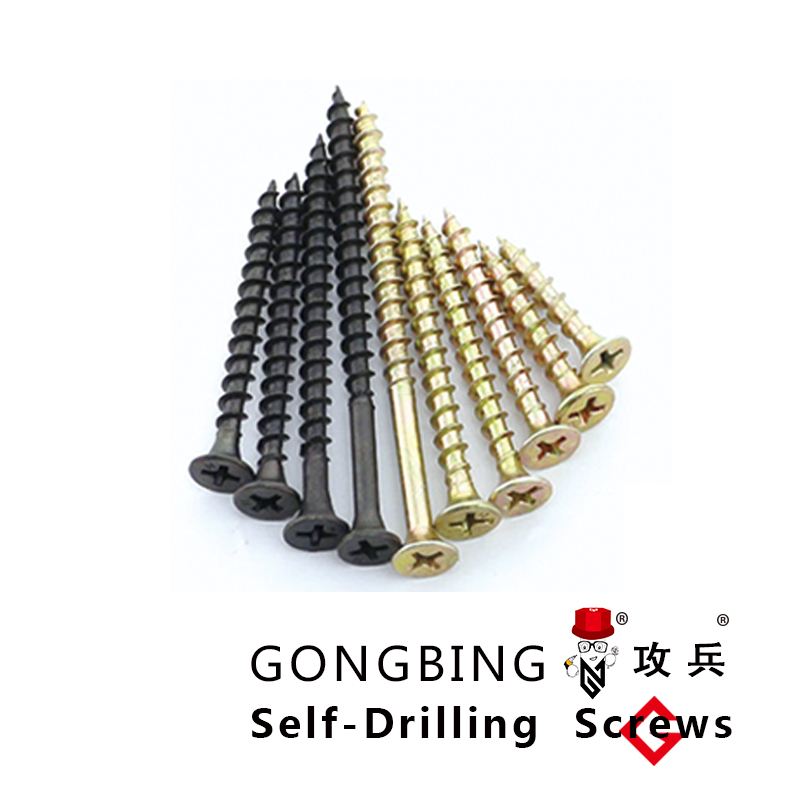headed shear stud
Understanding Headed Shear Studs in Structural Engineering
Headed shear studs are essential components widely utilized in the construction and engineering fields, particularly in composite structures where steel and concrete are integrated to enhance load-bearing capacities. Their primary role is to create a shear connection between the concrete slab and steel beam, ensuring they act collaboratively to support applied loads. This article will explore the significance, design considerations, and applications of headed shear studs.
At the core of their functionality, headed shear studs are short, cylindrical pins with a larger head at one end. They are typically welded to steel beams during the construction process. The larger head provides increased resistance to shear forces, distributing the load effectively and minimizing localized stress concentrations that could lead to structural failure. Furthermore, the use of headed shear studs allows for better utilization of the material properties of both the steel and concrete, resulting in more efficient and economical designs.
One of the critical design considerations when implementing headed shear studs is determining the appropriate spacing and quantity required
. This involves analyzing the shear force that the composite system needs to resist, which is influenced by factors such as the overall dimensions of the structure, the types of loads (static and dynamic), and the materials used. Engineers must also refer to relevant design codes and standards, which provide guidelines on minimum shear stud requirements to ensure safety and compliance.headed shear stud

The load transfer mechanism between the concrete and steel beam is influenced by several factors, including the type of concrete used, the quality of bonding between the two materials, and the shear stud's dimensions. Using high-strength concrete can enhance bonding, but care must be taken to prevent cracking due to shrinkage or other factors. Moreover, the installation process must be meticulously executed, as improper welding of the shear studs can lead to failures in the system's performance.
In terms of applications, headed shear studs are predominantly found in composite beams used in bridges, buildings, and parking garages. Their ability to enhance the structural performance of these systems means that engineers can design slender and lightweight components, reducing material costs and enhancing aesthetic qualities. Additionally, the use of composite structures often leads to faster construction times, as concrete can be poured directly onto the steel frame without requiring extended curing periods for concrete beams.
Furthermore, the versatility of headed shear studs extends to retrofitting existing structures, where additional capacity may be needed to support increased loads or to extend the life of aging infrastructures. By retrofitting these systems with headed shear studs, engineers can significantly enhance performance without the need for extensive renovations.
In conclusion, headed shear studs play a pivotal role in the realm of structural engineering, offering solutions that enhance load-bearing capabilities and optimize material use in composite constructions. As technology and engineering practices continue to evolve, the importance of these simple yet effective fasteners will undoubtedly persist, driving innovation in the design of safer, more efficient structures. Understanding their function, design considerations, and applications is crucial for engineers who seek to push the boundaries of modern architecture and civil engineering.
-
Weatherproof Plastic Expansion Anchors for OutdoorNewsJun.06,2025
-
Sustainability in the Supply Chain: Eco-Friendly TEK Screws ProductionNewsJun.06,2025
-
Load-Bearing Capacity of External Insulation FixingsNewsJun.06,2025
-
Double Head Bolts: Enhancing Efficiency in Industrial MachineryNewsJun.06,2025
-
Corrosion Resistance in Chipboard Screws: Coatings for Wholesale DurabilityNewsJun.06,2025
-
Butterfly Toggle Bolts : Enhancing Structural ResilienceNewsJun.06,2025
